Reviews
L’ultimo treno della notte / Night Train Murders / The New House on The Left / Second House on The Left / Don’t Ride on Late Night Trains / Last Stop on the Night Train / Late Night Trains / Last House Part II / Xmas Massacre
Aldo Lado
Italy, 1975
Credits
Review by Veronika Ferdman
Posted on 15 October 2013
Source Blue Underground DVD
Categories 31 Days of Horror X
One gets the sense that director Aldo Lado (let’s take a moment to appreciate the exquisite anagram playfulness of that name) stepped onto the set of his 1975 film Night Train Murders and rallied the crew to make the most luridly beautiful work in the history of horror cinema. And he more or less pulled off just that. Released 3 years after Wes Craven’s The Last House on the Left and 15 years after Ingmar Bergman’s The Virgin Spring, Lado’s film covers the same basic trajectory as the 2 earlier works—though Aldo has said that he did not watch Craven’s version before filming.
Margaret and Lisa are making their way by train from Germany to Italy to stay with Lisa’s dinner-party giving upper crust parents over Christmas. During their journey the girls are terrorized by two lower class male thugs and a very well-to-do lady—who one of the men first tries to rape in the bathroom only to realize that she’s actually delighted by the prospect of this impromptu and violent encounter. The woman (billed as The Lady on the Train) ends up out-sociopathing the two male psychopaths. Both of the girls die and then the 3 villains find themselves at the home of Lisa’s parents who find out that they are responsible for the deaths of their niece and daughter and exact revenge.
Whether Lado was aware of Craven’s film or not, his work forgoes the grunge and grittiness of The Last House on the Left and The Virgin Spring’s relative visual restraint. His vision is of cross-class moral decay filtered through richly decadent blue and red gels and intermittent shots of the staggeringly beautiful and peaceful Italian/German landscape - the pinkish-gray light of a foggy early morning set against scraggy, leafless trees, the sun setting behind tall firs, etc.
Lado also disposes of the spiritual/religious dimension found in The Virgin Spring, and as with Craven in The Last House on the Left favors a head-on critique of the ruthless violence to be found across social strata. But, unlike Craven, Lado comes down a lot harder on the upper class. The one chiefly responsible for the deaths of the girls is Meril’s mysterious dame who encourages the two hoodlums to engage in Grand Guignol worthy grotesquerie, leading to the de-virginizing of one of the girls by way of a knife in a scene that is more horrifying to watch than The Evil Dead’s tree rape.
Furthermore, another passenger on the train - who appears to be a businessman of some sort travelling home for the holidays - sees that the girls are being terrorized. He is invited into the deathly train cabin and told to rape one of the girls, eagerly complying and making no effort to put a stop to the madness. And then there are Lisa’s parents—the father showing no mercy (while, admittedly, his wife begs him to not perpetuate the violence), murdering both the young men in a fit of retribution. Meril manages to escape a similar fate by convincing him that the boys were the ones who made her participate in the violence and that she was not responsible for what happened to the girls.
And he believes her. Maybe because she is a woman. Or maybe because she is well-dressed in a light tan overcoat and black hat and is well-spoken; visually and aurally coded as part of his class, a class that is supposed to be refined, intellectual, and above the baser quality of violence. The two poor thugs are not justified in their actions—it’s violence qua violence. But there is an extra layer of ugliness to the actions of the wealthy in that they are either sociopathic (Meril), wholly devoid of introspection (the father), or are deliriously lecherous and self-serving (the businessman, who tries to “correct” his wrong by later calling the police and tipping them off to who killed the girls, conveniently leaving his own involvement out of it).
All this makes Night Train Murders a ghastly, beautiful, and unassumingly intelligent film. Triple feature suggestion: watch The Virgin Spring, The Last House on the Left, and Night Train Murders back-to-back-to-back for a contrapuntal crash course on the stylistic evolution of the horror genre across 3 countries and 2 decades.
More 31 Days of Horror X
-
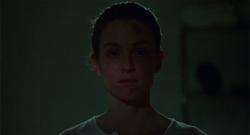
Safe
1995 -
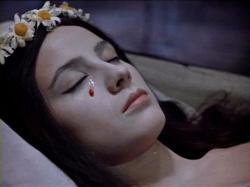
Viy
1967 -
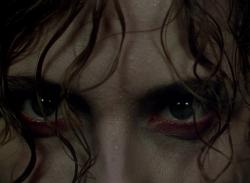
Black Narcissus
1947 -
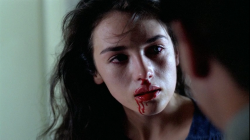
Possession
1981 -

Carrie
1976 -
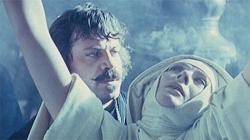
The Devils
1971 -
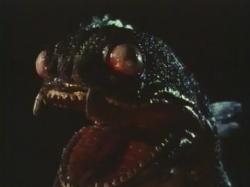
The Sea Serpent
1984 -
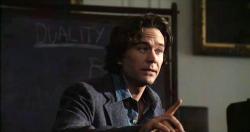
The Dark Half
1993 -
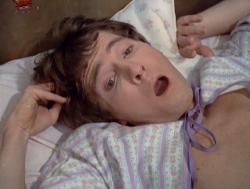
The Baby
1972 -
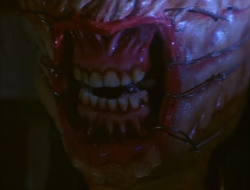
Hellraiser
1987 -
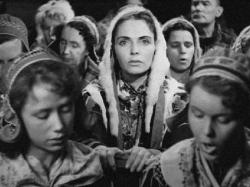
The White Reindeer
1952 -
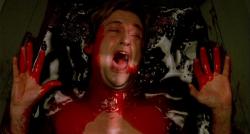
The Serpent and the Rainbow
1988 -
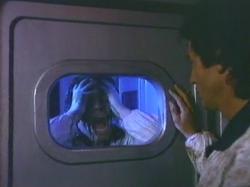
Endless Descent
1989 -
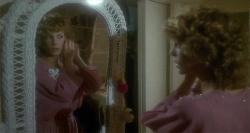
Prom Night
1980 -
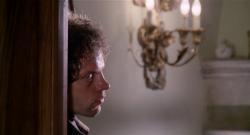
Night Train Murders
1975 -
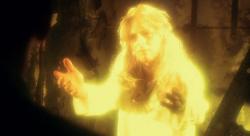
God Told Me To
1976 -
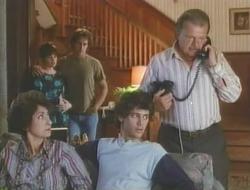
In a Child’s Name
1991 -
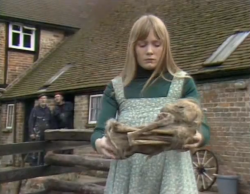
Beasts
1976 -

Prom Night II
1987 -
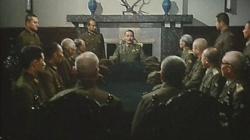
Men Behind the Sun
1986 -
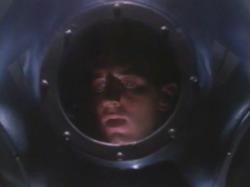
DeepStar Six
1989 -
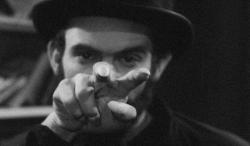
At Midnight I’ll Take Your Soul
1964 -
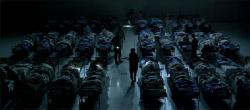
They Came Back
2004 -
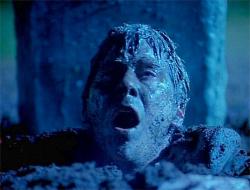
Buried Alive
1990 -
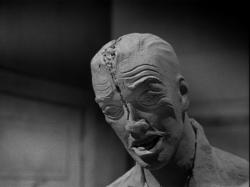
A Bucket of Blood
1959 -
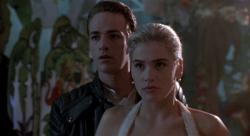
Buffy the Vampire Slayer
1992 -
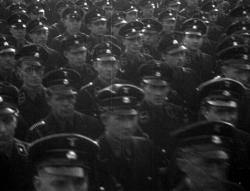
Night and Fog
1956 -

It Came From Beneath the Sea
1955 -
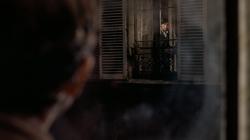
The Tenant
1976 -

Tokyo Gore Police
2008 -
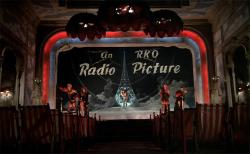
The Rocky Horror Picture Show
1975
We don’t do comments anymore, but you may contact us here or find us on Twitter or Facebook.



